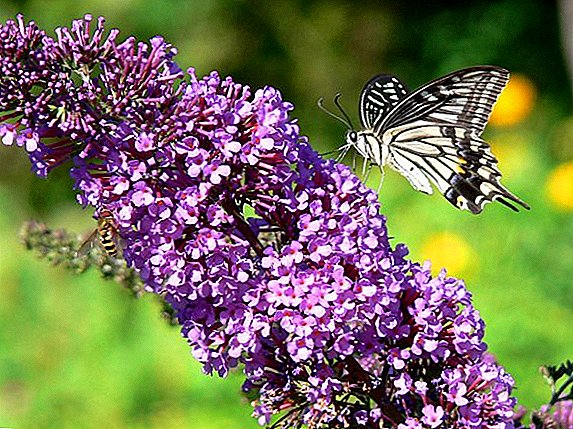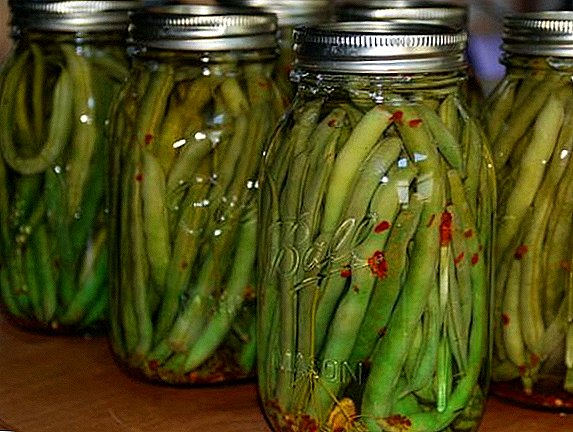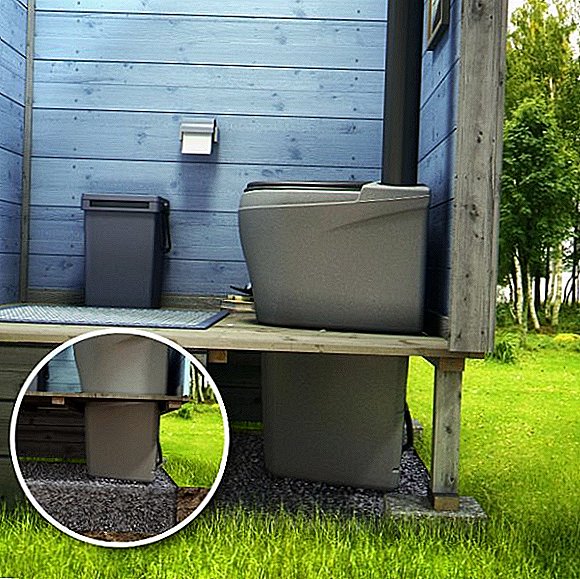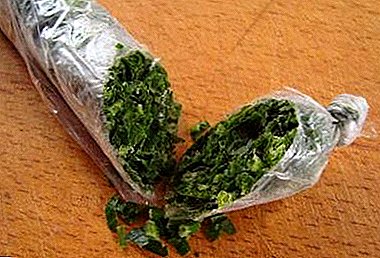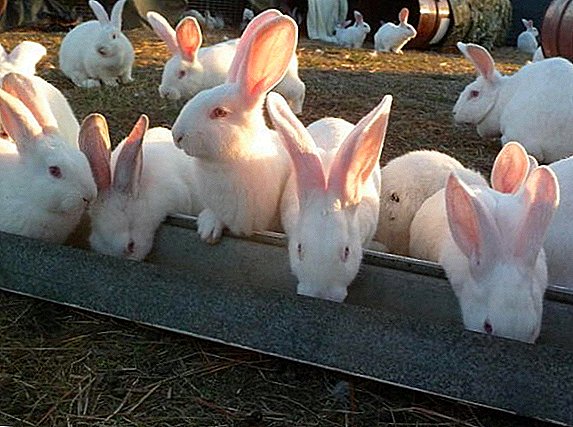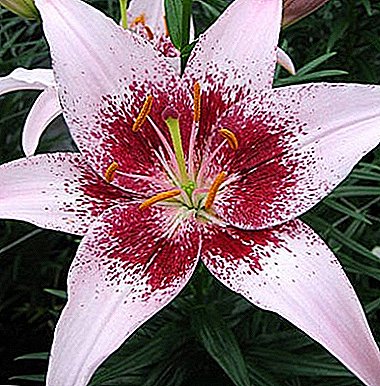
Asian lily - this is the most unpretentious subspecies. Differs unusual bright color.
Loves natural bright lighting. Prefers regular watering, additional application of fertilizing and spraying with water from the sprayer.
You will learn more details about planting and caring for Asiatic lily from our article.
Description and photo
First mention Lilies of asian falls on the 50s of the last century. Is an hybrid Breeding form brought Jan de Graaf. Initially, the plant had a blood orange shade. But later, thanks to anthocyanins, the plant had purple, white and pink flowers. Further studies revealed a whole group of lilies with a light shade.
Distributed in soliterny and group landings. Grows on garden sites, in greenhouses, greenhouses, botanical gardens.
Wherein plant height can reach 150 cm. With good care it can grow in room conditions. But in this case length the flower will reach 30-50 cm. When the house grows, the plant may not bloom. Aroma flowers saturated, tart. The form may be different: stellar, cup-shaped, turbid, funnel-shaped, cup-shaped. Fringe is missing. Each flower has 6 petals.
Below are photos of Asiatic lilies:






Care
Pruning
The procedure for the formation of the crown is not required. But after flowering on the plant remain wilted flowers that must be removed independently. Together with them cut and ovary.
You can not allow the emergence of seed boxes
Breeding seed applied only by breeders. Boxes greatly deplete the plant, after which it starts to hurt. Therefore, in early autumn, when the leaves begin to fade, the growers cut the branch with the ovary and the seed box. This plant is not suitable for composting. Therefore, the stems are recommended to burn.
Landing
This representative of the flora grows poorly in calcareous soils. The soil must be slightly acidic or neutral 5.9-6.7 pH.
Importantso that the chernozem contains a large amount of vitamins and trace elements. You can use the purchased soil for home blooming lilies.
Also, the substrate can be prepared by yourself. For this use leaf soil, turf, humus, peat. For air permeability lay crushed charcoal. Allowed adding coarse sea sand in very small quantities. At the bottom of the pot stack drainage from pebbles, clay shards or natural stones. You can use granite, rubble, gravel or crushed stone.
Prohibited the use of stones containing limestone.
Tanks should be 2-3 cm larger than the root system of the plant. Depth of landing depends on the size.
Transfer
 The transplant procedure should be carried out only in spring time.
The transplant procedure should be carried out only in spring time.
If you replant a flower in the cold period, it will be very difficult for it to take root.
In one tank plant grown 2-5 years.
Transplantation takes place as the pot is filled with the root system or because of the speed of maturation of the daughter bulbs.
In both cases, the nest of the flower should grow powerfully.
Fast growing asian lily for the year gives 2-3 daughter bulbs.
Their is necessary set aside from the mother plant.
At year 5, the soil of the lilies is extremely depleted, which can lead to flower disease.
The pot material must be clay or wood.
Do not use chips, metal or plastic.
How to plant and replant lilies is shown in the video below:
Temperature
When growing in open ground is an frost resistant plant. But at the same time is necessary use the method of mulching. The layer of mulch should be at least 6 cm. It is allowed to use straw, forest moss, needles, tree bark.
When grown in indoor conditions, the plant is necessary provide a temperature of 19-26 ° C in the summer. In winter time allowed content at a low temperature not lower than 12 ° C.
Lighting
Plant very light loving. Asiatic Lily it is necessary to provide bright natural light.
You can not grow this representative flora in the shade.
In this case, the flower will begin to reach for the light that will lead to a strong curvature and loss of decoration. The maximum curvature can reach 45 °. In winter, when growing at home plant needed additional artificial lighting. Light day should be at least 10-12 hours.
Breeding
 Reproduction occurs subsidiary bulbs.
Reproduction occurs subsidiary bulbs.
Usually the procedure is carried out during transplantation.
They are separated from the parent plant and transplanted into a new container.
The border between the planting of bulbs should be at least 7 cm from each other. Otherwise, when the flower begins to grow, the root system of the plants may overlap. Soil can be purchased or prepared by yourself.
You can not plant a plant in too acidic soil - in such an environment, it will die.Child bulbs are forbidden to keep for a long time.
If you can not put them right away - they must be placed in a cold room.
Importantso that the room temperature does not fall below 0 ° C.
Flower can multiply seeds. But the probability of germination is very low - only 70%. And seed breeding will not be able to convey the decorative color of this matchless plant. Therefore, this method apply only breeders.
Also this subspecies from tigrinum and bulbiferum inherited the possibility of the formation of branch bulbs. Thanks to him, the plant can freely multiply. Thanks to this ability Asian lily has become widespread in Europe.
Bloom
With sprouting in gardens, greenhouses, open areas of flowering occurs in mid-summer. AT home conditions this representative of the flora may not bloom.
therefore is recommended when warm days come take out the Asiatic Lily to fresh air.
 Perfectly fit balconies, loggias, open verandas. Flower color varied.
Perfectly fit balconies, loggias, open verandas. Flower color varied.
The most common flowers funnel-shaped - sideways, turbid-shaped - directed downwards and cup shaped - directed upwards.
The aroma of the plant is rich, very pleasant.
Fertilizer
Particularly frequent feeding is necessary provide during bud formation. And also in the stage of their staining. If at this time the plant will not squeeze dressings - the flowers will be small and dull. In the worst case, a drop in buds was observed. Due to the abundant feeding, the formation of flowers is quickly completed. BUT duration flowering increases several times.
Well-purchased potash fertilizers. The last dressing is made at the end of the summer, when the bulb is very depleted. In the autumn and winter to feed the flower is undesirable.
Diseases and pests
No pest damage was observed. With improper care and in the cold period, the plant can be amazed fungal diseases.
The most common disease is botrytis.
On the leaves and stem of the flower will appear brown rust. If not to accept precautionary measures, the spots will begin to creep away, capturing more and more territory. Rust can be affected branches, and even buds. The appearance and development of such a disease affect several factors: temperature fluctuations, high humidity, filling the root system with water.
Asiatic Lily is an immaculate flowering plant. The flowers of this representative flora are bright and colorful. Prefers spraying, bright lighting and transplanting every 2-5 years. In growing plant unpretentious. Recommended flower growers


